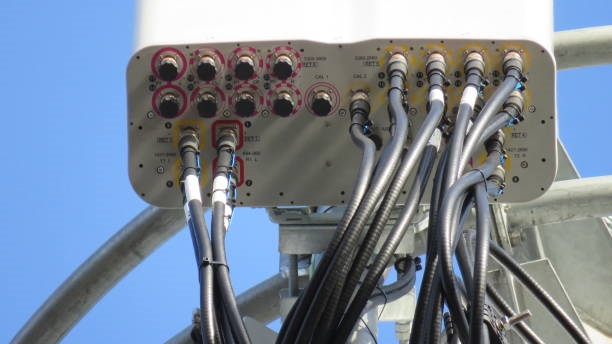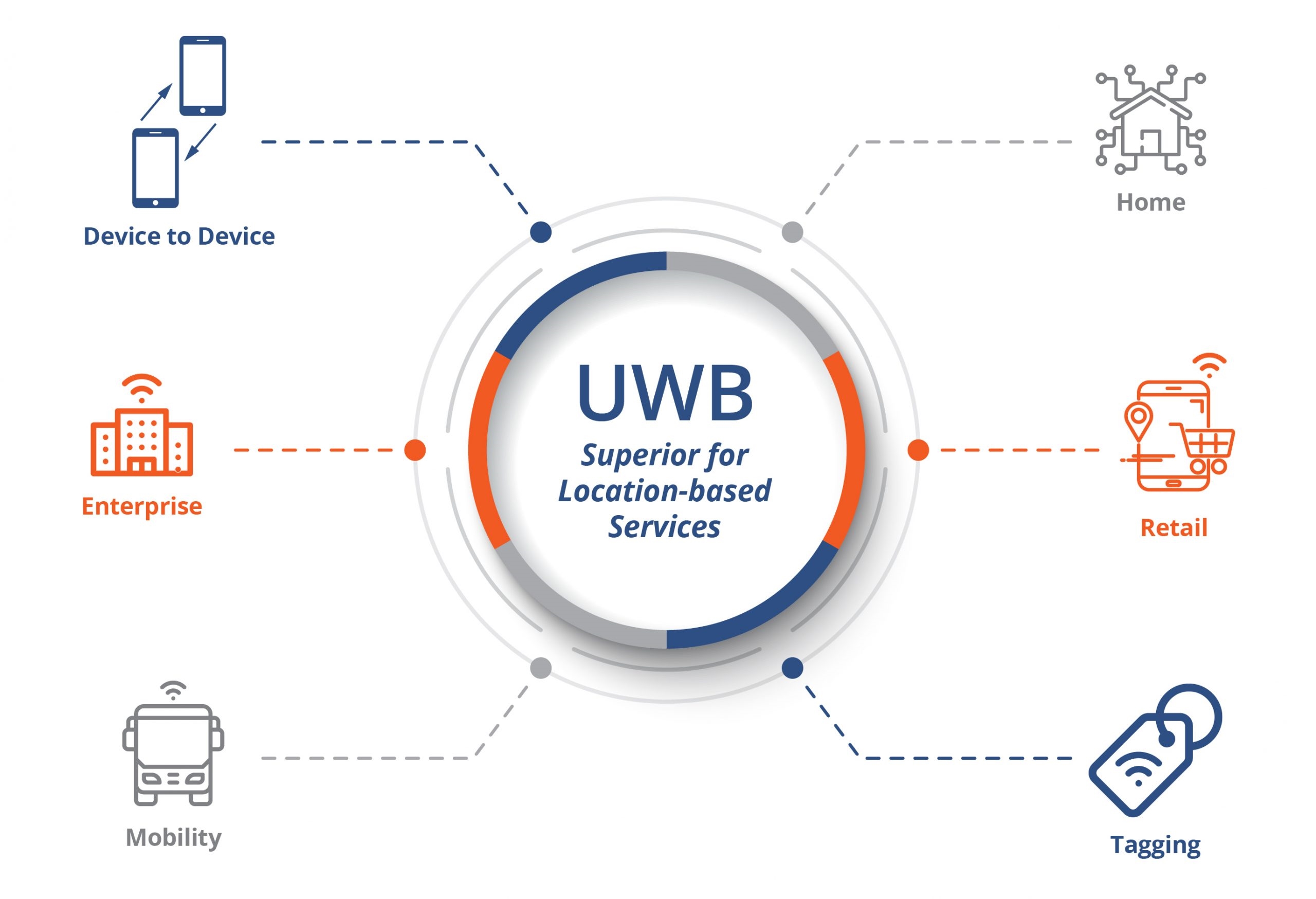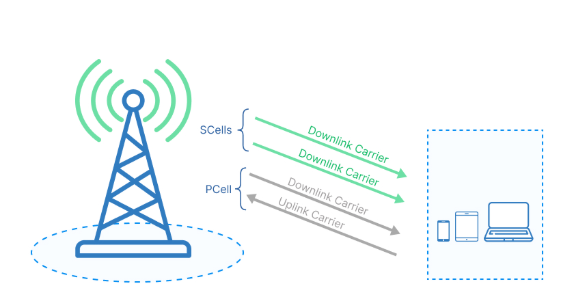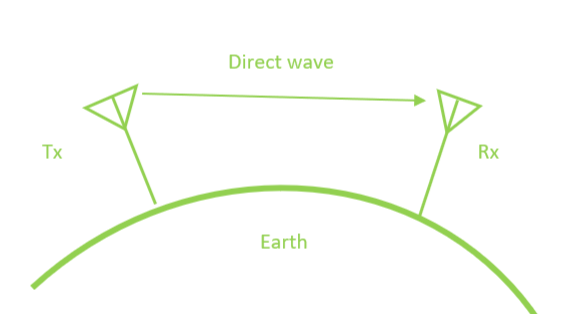Principles and Structure of Radio
Radio technology uses radio waves for communication. Its principles and structure involve the emission, propagation, and reception of radio waves. The following outlines the basic principles and components:
1. Radio principles:
- Electromagnetic wave emission: Radio waves are electromagnetic waves generated by alternating current in an antenna; the antenna radiates these waves into space.
- Electromagnetic wave propagation: Electromagnetic waves propagate through space at the speed of light and are characterized by wavelength and frequency. They can penetrate some atmospheric materials and interact with the Earth, enabling signal transmission.
- Reception and demodulation: The receiving antenna captures the transmitted electromagnetic signal, and the receiver demodulates it to recover the original information, such as audio or video.
2. Radio structure:
- Transmitter: Includes the signal source, modulator, RF power amplifier, antenna, and other components. The signal source generates the data to be sent, the modulator maps the data onto a carrier, the RF power amplifier increases the signal power, and the antenna transmits the electromagnetic waves.
- Transmission medium: The electromagnetic waves propagate through space; the medium characteristics depend on parameters such as wavelength and frequency.
- Receiver: Composed of an antenna, receiver, demodulator, and audio or video output. The antenna receives the electromagnetic signal, the receiver demodulates it to restore the original data, and the output converts the signal into perceptible sound or images.
Radio operation is based on the emission, propagation, and reception of electromagnetic waves. The transmitter and receiver components work together to realize wireless communication. Radio technology is applied widely in broadcasting, communications, remote control, radar, and other fields.
Comparison of Common Wireless Technologies
The following are some common wireless technologies and their typical use cases:
- Wi-Fi (wireless local area network): A wireless communication method based on WLAN technology, mainly used for wireless Internet access and network connectivity in homes, enterprises, and public spaces.
- Bluetooth: A short-range wireless technology for low-power data exchange between devices, used in headsets, speakers, keyboards, mice, and connections between smartphones and peripherals.
- WiMAX: A wide-area wireless access technology that offers longer range and high-speed data transmission, used for broadband access and wireless metropolitan area networks.
- Zigbee: A low-power, low-data-rate wireless technology widely used in the Internet of Things, home automation, and sensor networks.
- NFC (near-field communication): A short-range wireless technology used for close-proximity data exchange and contactless payment transactions.
- LTE (Long Term Evolution): A 4G wireless communication technology that provides high-speed data transmission and Internet access, commonly used in mobile communication networks.
- 5G (fifth-generation mobile communication): The latest mobile communication technology with higher data rates, lower latency, and greater network capacity, enabling applications such as industrial automation, intelligent transportation, and telemedicine.
Each technology has specific characteristics and application scenarios and is widely used across various domains.
 ALLPCB
ALLPCB







